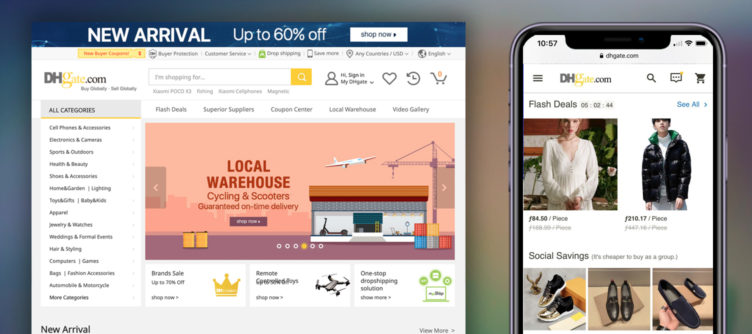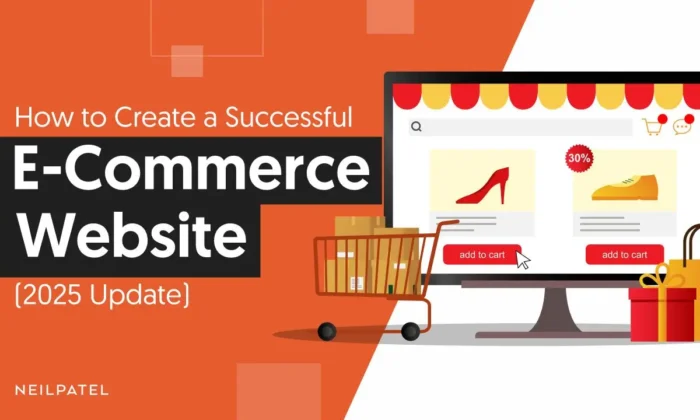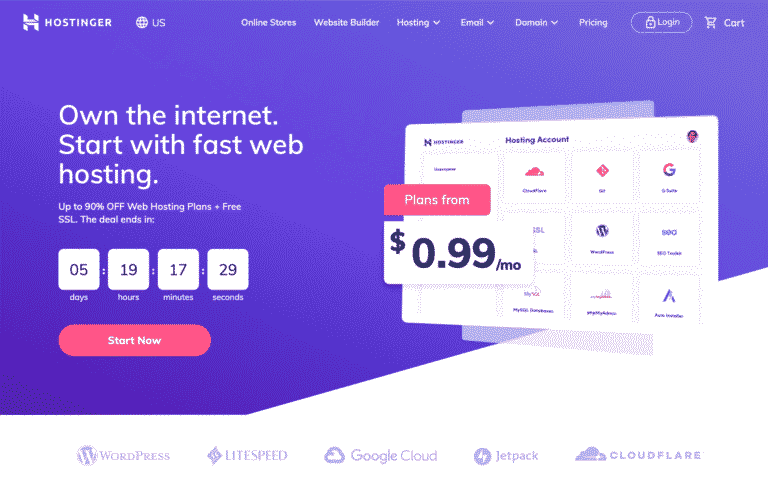Become a Shopify Professional: Tips and Insights
Building a successful online store requires more than just a great product; it demands a deep understanding of the ecommerce landscape and the tools that drive it.
As more businesses transition to online retail platforms, the demand for Shopify expertise has grown exponentially, creating a wealth of opportunities for those looking to become Shopify professionals.
With the right skills and knowledge, you can capitalize on this trend and build a rewarding career in the ecommerce industry.
We’ll explore the key areas of expertise required to succeed as a Shopify professional, from technical skills to business acumen, and discuss the potential career paths and income opportunities available. 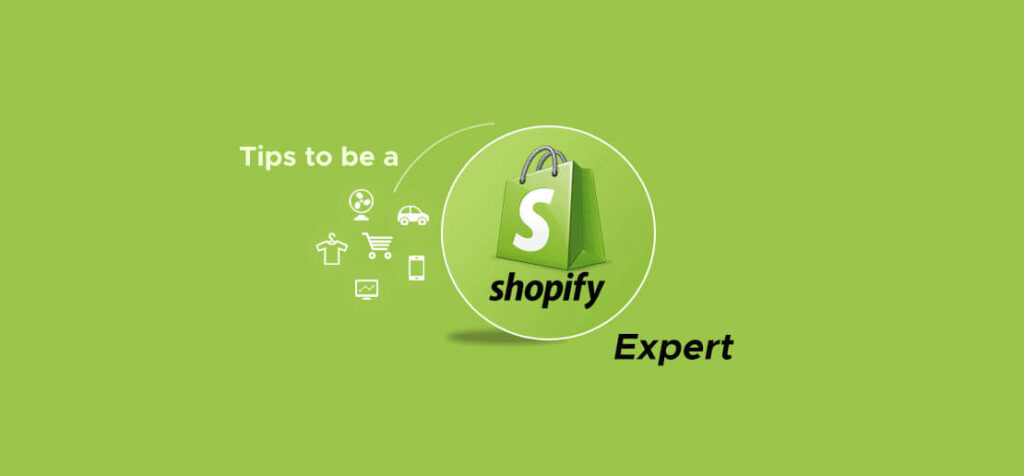
Key Takeaways
- Understanding the growing demand for Shopify professionals in the ecommerce industry.
- Identifying the key areas of expertise required to succeed as a Shopify professional.
- Exploring the potential career paths and income opportunities available.
- Learning how to develop the skills and knowledge needed to become a Shopify expert.
- Gaining insights into the importance of continuous learning in the ever-evolving ecommerce landscape.
Understanding the Shopify Ecosystem
Shopify has established itself as a leading e-commerce platform, creating a thriving ecosystem that supports a wide range of professional services. This ecosystem is built around the needs of online store owners, providing them with the tools and expertise necessary to succeed in a competitive market.
What Makes Shopify a Leading E-commerce Platform
Shopify’s popularity stems from its user-friendly interface, extensive customization options, and robust features that cater to businesses of all sizes. The platform’s flexibility allows merchants to create unique online stores that reflect their brand identity, enhancing customer experience and driving sales.
One of the key factors contributing to Shopify’s success is its extensive app ecosystem, which offers a wide range of integrations for various business needs, from marketing and design to development and services.
The Growing Demand for Shopify Professionals
As more businesses turn to e-commerce, the demand for professionals with Shopify expertise is on the rise. This includes specialists in design, who can create visually appealing and user-friendly storefronts, as well as experts in marketing who can drive traffic and sales.
The growing need for development services is also notable, as merchants seek to customize their stores and integrate new features to stay competitive. This demand underscores the importance of having a skilled workforce that can provide services tailored to the Shopify platform.
Types of Shopify Professional Roles
Within the Shopify ecosystem, various professional roles have emerged to cater to different aspects of e-commerce business management. These include:
- Developers who specialize in customizing and extending Shopify stores through coding and app integration.
- Designers who focus on creating visually appealing and user-friendly storefronts.
- Marketers who help merchants drive traffic and sales through targeted campaigns.
- Consultants who offer strategic advice on optimizing and growing Shopify businesses.
These roles often overlap, and professionals with cross-functional expertise are highly valued for their ability to provide comprehensive solutions.
Essential Skills for Shopify Professionals

The Shopify ecosystem demands a unique blend of technical, business, and design skills to help entrepreneurs build and grow their e-commerce businesses. A Shopify website builds credibility for your business, and a polished site fosters trust with potential customers, making them more likely to buy from you.
To excel as a Shopify professional, you need to master a range of skills that can be broadly categorized into technical skills, business and marketing knowledge, and design and user experience principles.
Technical Skills You Need to Master
Technical skills form the foundation of a Shopify professional’s expertise. You need to be proficient in various technologies and tools to create and manage high-performance online stores.
HTML, CSS, and Liquid Basics
Understanding the basics of HTML, CSS, and Liquid is crucial for customizing and optimizing Shopify stores. HTML and CSS are fundamental web development technologies, while Liquid is Shopify’s templating language that allows for dynamic content rendering. Familiarity with these technologies enables you to tailor your store’s design and functionality to meet specific business needs.
Understanding Shopify’s Architecture
Shopify’s architecture is designed to support scalable and secure e-commerce operations. Understanding how Shopify’s components interact, including themes, apps, and APIs, is vital for building robust and efficient online stores. This knowledge helps you make informed decisions when customizing or extending your store’s functionality.
Business and Marketing Knowledge
Business and marketing acumen is essential for creating successful Shopify stores that drive sales and growth. You need to understand your target audience, market trends, and effective marketing strategies to help your clients achieve their e-commerce goals.
By understanding the principles of marketing and how they apply to e-commerce, you can help store owners develop effective strategies to attract and retain customers.
Design and User Experience Principles
Design and user experience (UX) play a critical role in creating Shopify stores that convert visitors into customers. A well-designed store not only looks appealing but also provides an intuitive and seamless shopping experience.
To create visually appealing and effective Shopify stores, you should understand fundamental design principles, including mobile-responsive design, intuitive navigation, and product organization. By applying UX best practices, you can enhance the shopping experience, increase customer trust, and ultimately drive sales.
Effective design choices can significantly influence customer trust and purchasing decisions. By creating a store that is both visually appealing and easy to navigate, you can foster a positive brand image and encourage customers to make a purchase.
Building Your Shopify Knowledge Base
To excel in the Shopify ecosystem, one must first develop a deep and broad knowledge base. This involves leveraging various resources and engaging in practical experiences to enhance your understanding and skills.
Official Shopify Resources and Documentation

Shopify provides extensive official resources, including the Shopify Partner Academy, which offers a structured learning path for individuals looking to enhance their skills. The documentation covers a wide range of topics, from basic setup to advanced development techniques.
By utilizing these resources, you can gain a comprehensive understanding of Shopify’s features and capabilities, ensuring you’re well-equipped to manage and develop stores effectively.
Online Courses and Certifications

In addition to official resources, various online courses and certifications can further enhance your Shopify knowledge. These courses cover specific areas such as store setup, theme development, and app integration.
Obtaining certifications can also bolster your credibility as a Shopify professional, demonstrating your expertise to potential clients.
Community Forums and Networking
Engaging with the Shopify community through forums and networking events is another vital aspect of building your knowledge base. These platforms provide opportunities to learn from others, share experiences, and stay updated on the latest trends and best practices.
By actively participating in community discussions, you can gain insights into how others are using Shopify and develop a more nuanced understanding of the platform.
Hands-on Practice: Setting Up Test Stores
Hands-on practice is crucial for developing practical skills in Shopify development. Setting up test stores allows you to experiment with different features, themes, and apps in a risk-free environment.
Through this practice, you can gain experience in managing stores, troubleshooting issues, and optimizing store performance. It’s also an effective way to build a portfolio of work that demonstrates your skills to potential clients.
By creating multiple test stores, you can showcase different aspects of your capabilities, from store design to development and optimization. This practice is essential for refining your craft and staying proficient in the ever-evolving Shopify ecosystem.
Mastering Shopify Store Development
As e-commerce continues to grow, the importance of developing a high-performance Shopify store cannot be overstated. A well-developed store is not just about aesthetics; it’s about creating a seamless shopping experience that drives sales and retains customers.
To achieve this, one must delve into the various aspects of Shopify store development, starting with theme customization. A customized theme can significantly enhance the user experience, making it more engaging and tailored to the brand’s identity.
Theme Customization Techniques
Theme customization is a critical step in creating a unique and engaging online store. Shopify offers a wide range of themes, both free and paid, that can be customized to suit specific business needs. Key techniques include modifying CSS and HTML, using theme settings, and leveraging Shopify’s theme editor.
- Modifying CSS and HTML to change the layout, colors, and fonts.
- Utilizing theme settings to adjust various elements without coding.
- Leveraging Shopify’s theme editor for real-time changes.
By mastering these techniques, developers can create a store that not only looks great but also provides a superior user experience.
App Integration and Management
Apps play a crucial role in extending the functionality of a Shopify store. From marketing and customer service to inventory management and shipping, there’s an app for almost every need. Effective app integration and management are key to ensuring that the store runs smoothly and efficiently.
When integrating apps, it’s essential to choose those that are well-reviewed and compatible with the store’s theme. Additionally, regularly reviewing and updating installed apps can help prevent performance issues.
Creating Custom Solutions with Shopify APIs
For more complex needs, Shopify’s APIs offer a powerful tool for creating custom solutions. Whether it’s integrating a custom payment gateway, developing a unique marketing tool, or enhancing the store’s functionality, Shopify’s APIs provide the flexibility to tailor the store to specific business requirements.
Using Shopify APIs requires a good understanding of programming languages such as Ruby, Python, or JavaScript. However, the payoff can be significant, allowing for a level of customization that is not possible with standard themes and apps.
Optimizing Store Performance and Speed
Store performance is critical for conversion rates and customer satisfaction. A slow-loading store can lead to high bounce rates and lost sales. Optimizing images, scripts, and third-party integrations are crucial steps in improving store performance.
Some actionable techniques include compressing media files, disabling unused theme features, and removing unnecessary plugins. Implementing AMP pages can also boost mobile performance and search rankings.
Shopify’s built-in speed analysis tools can help identify performance bottlenecks. Regular monitoring and optimization are essential for maintaining a fast and responsive store, ultimately leading to happier customers and better sales.
By focusing on these key areas, developers can create Shopify stores that not only look great but also perform exceptionally well, driving sales and customer satisfaction.
Becoming a Shopify Professional

To stand out in the competitive landscape of Shopify professionals, identifying and developing your specialty area is crucial. As the demand for Shopify experts continues to grow, it’s essential to differentiate yourself by focusing on a specific niche or service.
Developing Your Specialty Area
Developing a specialty area allows you to become an expert in a particular domain, making you more attractive to potential clients. This could be anything from Shopify theme development to store optimization or marketing strategy. By focusing on a specific area, you can:
- Deepen your knowledge and skills
- Increase your value to clients
- Differentiate yourself from generalists
Building a Portfolio of Shopify Projects
A strong portfolio is essential for showcasing your expertise and attracting new clients. It demonstrates your capabilities and provides tangible evidence of your work. To build a robust portfolio:
- Create sample projects that highlight your skills
- Participate in Shopify development contests or hackathons
- Collaborate with other professionals on projects
Setting Your Rates and Service Packages
Determining your rates and service packages is a critical step in establishing your business. The price to hire Shopify experts can vary significantly based on their skills and location. For instance, on platforms like Upwork, new Shopify developers might charge $15 an hour, while more experienced ones can command $33 or $95 an hour.
To set competitive yet profitable rates, consider the following strategies:
- Research the market to understand the going rate for your services
- Develop different pricing models, such as hourly, project-based, or value-based pricing
- Create service packages that address common client needs and simplify the sales process
- Communicate the value of your services to justify premium rates
By carefully developing your specialty area, building a strong portfolio, and setting appropriate rates and service packages, you can establish a successful business as a Shopify professional.
Advanced Shopify Professional Strategies
To stay ahead in the competitive e-commerce landscape, Shopify professionals must leverage the platform’s most advanced tools and strategies. As businesses continue to grow and evolve, the demand for experts who can scale and optimize Shopify stores becomes increasingly important.
Scaling E-commerce Businesses on Shopify
Scaling an e-commerce business on Shopify requires a deep understanding of the platform’s capabilities and limitations. By utilizing Shopify’s scalable solutions, businesses can provide a seamless customer experience, even during peak traffic periods. This involves leveraging Shopify’s open API and tapping into the vibrant tech community that supports it.
The key to successful scaling lies in flexibility and integration with various technologies. As merchants grow, their needs become more complex, and Shopify’s infrastructure is designed to adapt to these changing demands.
Implementing Conversion Rate Optimization
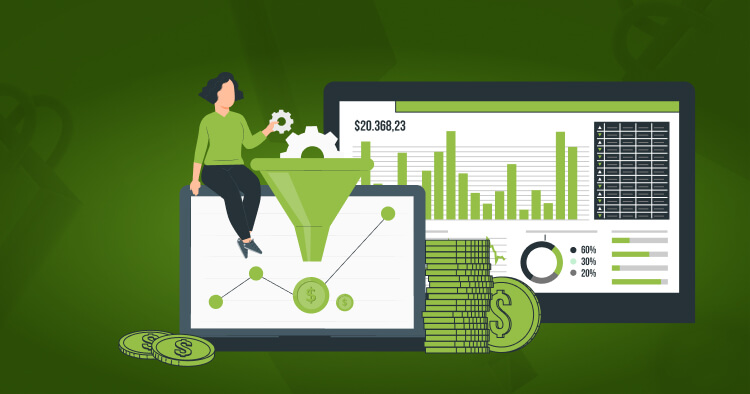
Conversion Rate Optimization (CRO) is crucial for maximizing the potential of any e-commerce store. By analyzing user behavior and identifying bottlenecks, Shopify professionals can implement data-driven changes that significantly improve conversion rates.
Effective CRO involves a combination of technical expertise, business acumen, and a deep understanding of user experience principles. By optimizing product pages, streamlining checkout processes, and personalizing customer interactions, professionals can drive substantial revenue growth.
Leveraging Shopify Plus for Enterprise Clients
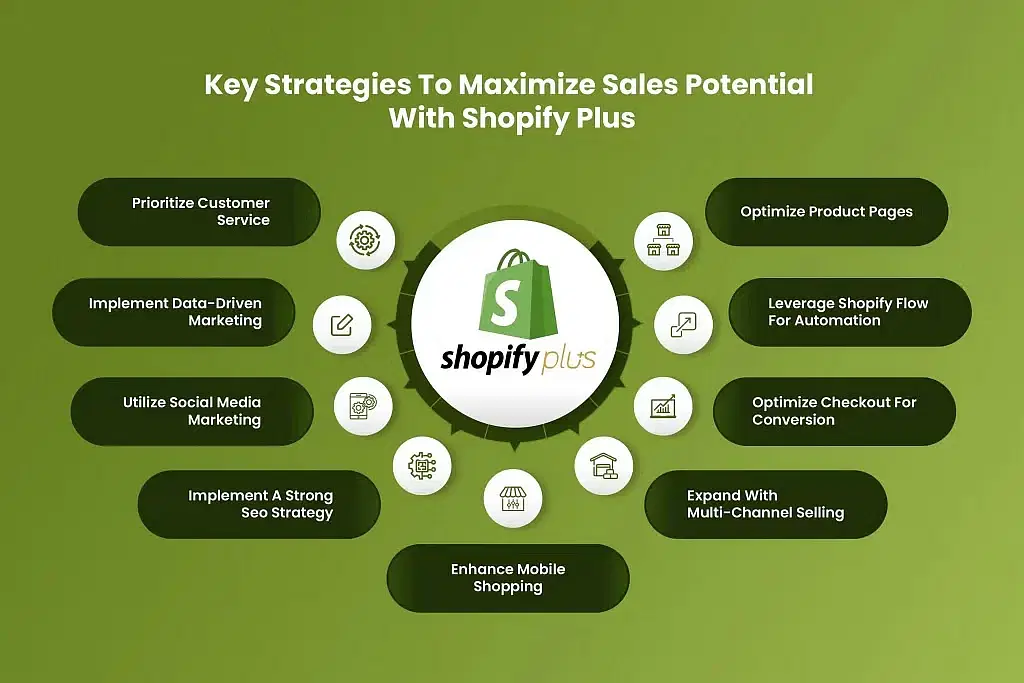
Shopify Plus is designed for high-volume and enterprise businesses, offering a range of advanced features that cater to their unique needs. By understanding and leveraging these features, Shopify professionals can deliver sophisticated solutions that meet the complex demands of enterprise clients.
Key features of Shopify Plus include Launchpad, Script Editor, and Flow, which enable professionals to create customized and automated workflows. Additionally, Shopify Plus offers enhanced security, support, and customization options that are critical for large-scale operations.
To work effectively with Shopify Plus merchants, professionals must be certified and meet specific partnership requirements. By positioning themselves as Shopify Plus experts, professionals can attract higher-value clients and differentiate themselves in a competitive market.
Creating Professional Shopify Stores That Convert

Crafting a Shopify store that effectively converts traffic into sales requires a deep understanding of both design principles and user experience. A well-designed store not only attracts visitors but also encourages them to make a purchase, thereby increasing sales. In this section, we will explore the key elements that contribute to a Shopify store’s conversion rate.
Designing User-Friendly Navigation
A user-friendly navigation system is crucial for any e-commerce store. It helps visitors quickly find what they are looking for, reducing the likelihood of them leaving the site due to frustration. To achieve this, ensure that your navigation menu is clear, concise, and easily accessible on all devices. Consider using mega menus or a simple, categorized menu structure to make it easy for customers to find products.
Moreover, incorporating a search bar that is visible and accessible from every page can significantly enhance the user experience. This allows customers to directly search for products they are interested in, streamlining their shopping experience.
Crafting Compelling Product Pages
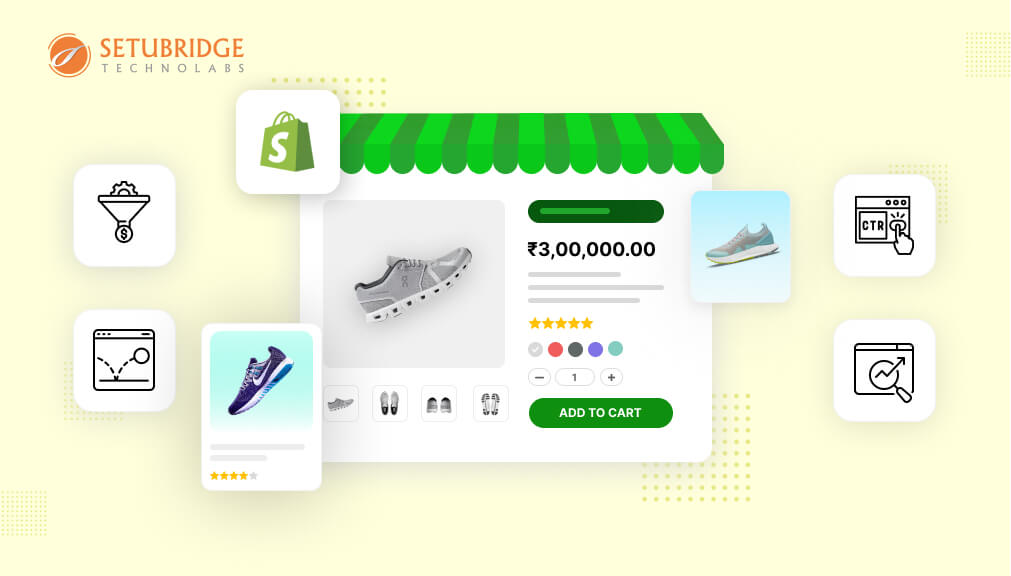
Product pages are where the majority of your sales are made or lost. To maximize conversions, these pages need to be compelling and informative. Include high-quality product images that can be zoomed in on for detail, and provide comprehensive product descriptions that include all relevant information such as size, material, and color.
Customer reviews and ratings are also vital components of a compelling product page. They provide social proof and help build trust with potential customers. Ensure that you make it easy for customers to leave reviews and that you respond promptly to any feedback, whether positive or negative.
Optimizing the Checkout Experience

The checkout process is a critical point in the customer journey where you can either secure a sale or lose a customer. To optimize this experience, simplify the checkout process by reducing the number of steps required to complete a purchase. Consider implementing a guest checkout option to cater to customers who do not wish to create an account.
Additionally, ensure that your checkout page is secure and trustworthy. Display trust badges and SSL certificates prominently to reassure customers that their information is safe. Providing a summary of the order and clear shipping information can also help reduce cart abandonment rates.
Implementing Trust Signals and Social Proof
Trust signals and social proof are essential for building credibility with your customers. Trust badges, customer testimonials, and reviews all contribute to creating an environment where customers feel confident making a purchase. Displaying the number of customers who have purchased a product or highlighting any industry certifications can also enhance credibility.
Furthermore, leveraging social media proof by displaying your follower count or showcasing user-generated content can help build trust and encourage sales.
Mobile Optimization Best Practices
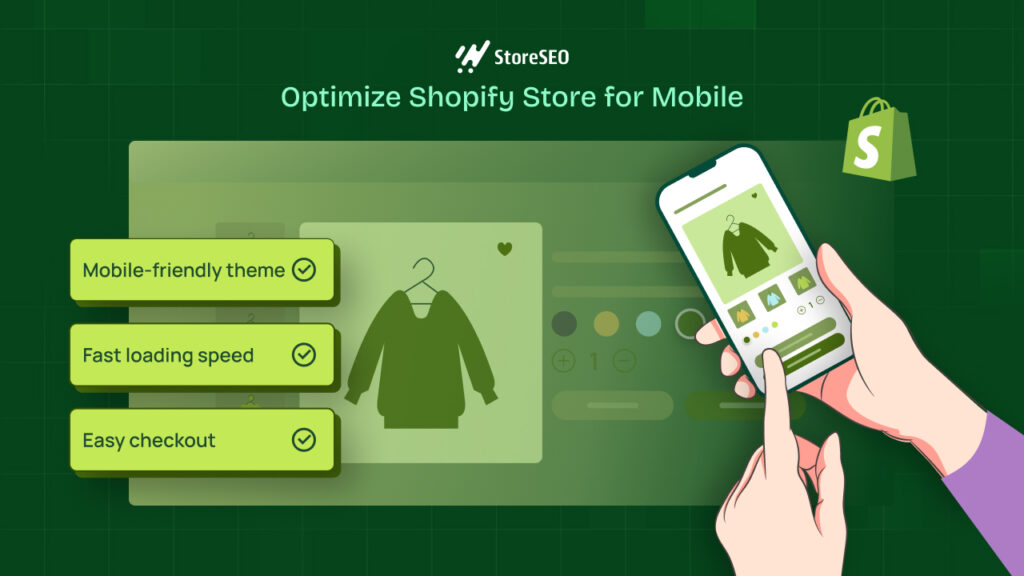
With a significant portion of e-commerce happening on mobile devices, ensuring that your Shopify store is optimized for mobile is no longer optional. Ensure that your store’s design is responsive, meaning it adapts seamlessly to different screen sizes. Test your site across various devices to ensure a consistent and smooth user experience.
Optimizing images and content for faster load times on mobile is also crucial. Compress images without compromising quality, and consider using lazy loading to defer loading offscreen images.
| Optimization Technique | Description | Impact on Mobile Experience |
|---|---|---|
| Responsive Design | Ensures that the store’s layout adapts to different screen sizes. | Improves user experience across devices. |
| Image Compression | Reduces the file size of images without compromising quality. | Faster page load times. |
| Lazy Loading | Defers loading offscreen images until they are needed. | Reduces initial page load time. |
Marketing and SEO for Shopify Professionals

As Shopify professionals, we understand that a visually appealing store is just the beginning; it’s equally crucial to ensure it’s discoverable by search engines. A good-looking site isn’t just about aesthetics; it’s also about being found. Search engines need to understand your site to rank it, and design plays a big role in this process.
Shopify SEO Fundamentals
Understanding Shopify SEO fundamentals is vital for any professional looking to enhance their clients’ online presence. This involves optimizing product pages, meta tags, and descriptions to make them search engine friendly. A clear and logical site structure is also essential, as it allows search engines to crawl and index the site more effectively.
To master Shopify SEO, professionals should focus on keyword research, on-page optimization, and link building strategies. By doing so, they can significantly improve their clients’ store visibility and drive more organic traffic.
Email Marketing Integration

Email marketing remains a powerful tool for Shopify professionals to help their clients engage with customers and drive sales. Integrating email marketing with Shopify involves setting up email marketing campaigns that are triggered by customer actions, such as abandoned carts or new product releases.
By leveraging email marketing effectively, Shopify professionals can help their clients build strong customer relationships and increase conversion rates. It’s about creating targeted campaigns that resonate with the audience and encourage them to take action.
Social Media and Content Marketing Strategies
Social media and content marketing are crucial components of a comprehensive marketing strategy for Shopify stores. Professionals should focus on creating high-quality, engaging content that resonates with their target audience and encourages sharing on social media platforms.
By developing a robust content marketing strategy, Shopify professionals can help their clients establish their brand voice, build trust with their audience, and drive traffic to their store. This involves understanding the target audience, creating relevant content, and leveraging social media to amplify their reach.
Analytics and Data-Driven Decision Making
Data-driven decision making is at the heart of continuous improvement for Shopify stores. By leveraging analytics tools, professionals can gain insights into customer behavior, track key performance metrics, and identify areas for improvement.
Shopify Analytics provides a wealth of information on store performance, from sales and revenue to customer demographics. By interpreting these metrics, professionals can make informed decisions to optimize store performance and drive business growth. This involves setting meaningful goals, tracking progress, and using data to prioritize optimization efforts for maximum impact.
Building a Successful Shopify Professional Business

As we navigate the ever-evolving landscape of e-commerce, establishing a thriving Shopify professional business requires a multifaceted approach. This involves not only mastering the technical aspects of the platform but also developing strong client relationships and staying updated with the latest Shopify features and updates.
Finding and Retaining Clients
Finding and retaining clients is crucial for the sustainability of any Shopify professional business. To achieve this, professionals must focus on delivering high-quality services that meet the evolving needs of their clients. This can be accomplished by showcasing expertise through a professional portfolio and leveraging client testimonials to build credibility.
Moreover, staying proactive in marketing efforts and engaging with potential clients through various channels can significantly enhance visibility and attract new business opportunities.
Managing Client Expectations and Relationships
Effective management of client expectations and relationships is pivotal to the success of a Shopify professional business. This involves clear communication about project timelines, deliverables, and any potential challenges that may arise. By setting realistic expectations and being transparent about the development process, professionals can foster trust and build long-lasting relationships with their clients.
Regular check-ins and updates can also help in maintaining a strong client-professional relationship, ensuring that clients feel valued and supported throughout the project.
Staying Updated with Shopify Changes
Shopify regularly updates its platform with new features, design changes, and security enhancements. Staying current with these changes is essential for providing the best service to clients. Professionals can stay informed through the Shopify Partner blog and changelog, which provide detailed insights into new features and updates.
| Resource | Description | Frequency of Updates |
|---|---|---|
| Shopify Partner Blog | Provides insights into new features, success stories, and best practices for Shopify professionals. | Regularly |
| Shopify Changelog | Details all updates, fixes, and new features implemented in the Shopify platform. | As updates occur |
| Community Forums | A platform for discussing updates, asking questions, and sharing experiences with other professionals. | Continuous |
By staying updated and being proactive in testing new features and communicating changes to clients, Shopify professionals can turn platform updates into opportunities for growth and additional value for their clients.
Conclusion
As the e-commerce industry continues to expand, the role of Shopify professionals becomes increasingly vital. Throughout this article, we’ve explored the essential skills, knowledge, and strategies required to succeed as a Shopify professional. We’ve discussed the importance of mastering technical skills, understanding business and marketing principles, and staying up-to-date with the latest developments in the Shopify ecosystem.
To build trust with clients and customers, it’s crucial to stay ahead of the curve and continually adapt to the changing e-commerce landscape. By doing so, you can create a successful Shopify store that drives sales and growth. The opportunities in the Shopify ecosystem are vast, and now is an excellent time to develop your skills and become a sought-after professional.
To make your store stand out, you’ll need to combine technical expertise with business acumen. This blend of skills will enable you to create online stores that are not only visually appealing but also highly functional and user-friendly. As you continue on your Shopify professional journey, remember that success in this field requires ongoing learning and a commitment to delivering exceptional results.
By following the insights and strategies outlined in this article, you’ll be well on your way to building a rewarding and sustainable career or business as a Shopify professional. Whether you’re just starting out or looking to take your skills to the next level, the future of Shopify and e-commerce is bright, and we encourage you to take the next step in your professional journey.
FAQ
What are the essential skills required to become a Shopify professional?
To become a Shopify professional, you need to master technical skills such as theme customization, app integration, and API development. Additionally, having business and marketing knowledge, as well as design and user experience principles, is crucial for success.
How can I build my Shopify knowledge base?
We recommend utilizing official Shopify resources and documentation, online courses and certifications, community forums and networking, and hands-on practice by setting up test stores to build your Shopify knowledge base.
What are the best practices for optimizing a Shopify store’s performance and speed?
To optimize a Shopify store’s performance and speed, we suggest techniques such as optimizing images, minimizing app usage, and leveraging browser caching. Regularly monitoring store performance and making data-driven decisions is also essential.
How can I create a professional Shopify store that converts?
To create a professional Shopify store that converts, focus on designing user-friendly navigation, crafting compelling product pages, optimizing the checkout experience, and implementing trust signals and social proof. Ensuring a seamless mobile experience is also vital.
What are the key strategies for marketing and SEO on Shopify?
Effective marketing and SEO strategies for Shopify include mastering Shopify SEO fundamentals, integrating email marketing, leveraging social media and content marketing, and making data-driven decisions using analytics tools.
How can I find and retain clients as a Shopify professional?
To find and retain clients, we recommend developing a strong online presence, showcasing your portfolio, and providing exceptional customer service. Staying updated with the latest Shopify changes and trends is also crucial for delivering high-quality services.
What is the importance of user experience in Shopify store development?
User experience plays a vital role in Shopify store development, as it directly impacts customer satisfaction, conversion rates, and ultimately, sales. A well-designed store with a seamless user experience can significantly enhance customer engagement and loyalty.
How can I stay updated with the latest Shopify features and best practices?
We suggest regularly checking official Shopify blogs and documentation, attending webinars and workshops, and participating in community forums to stay informed about the latest Shopify features and best practices.



